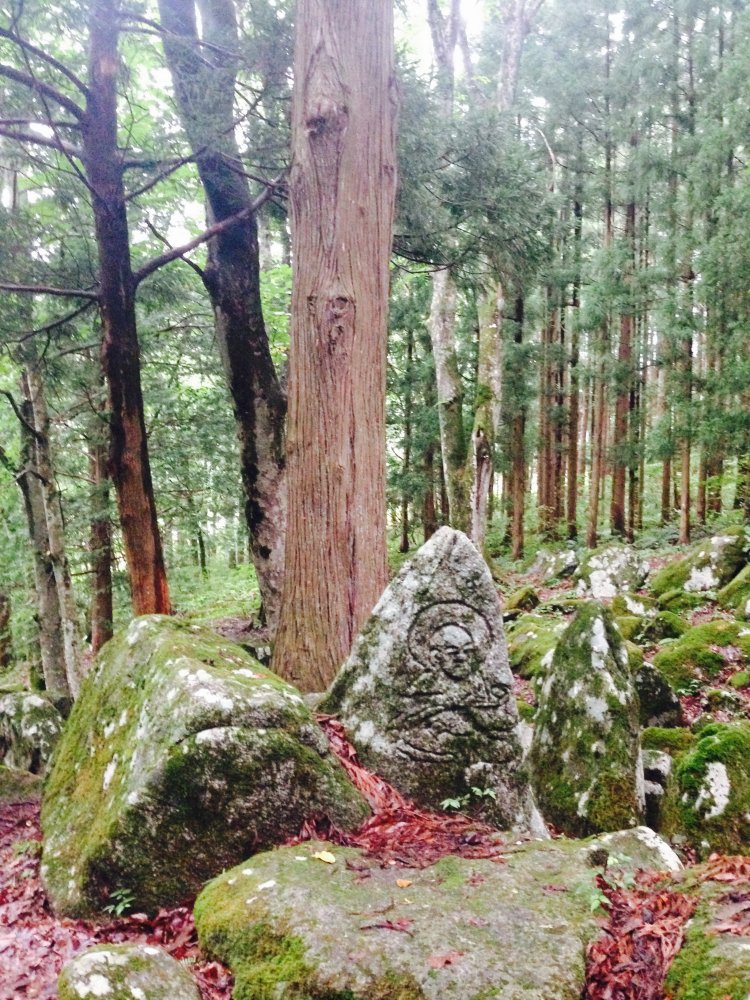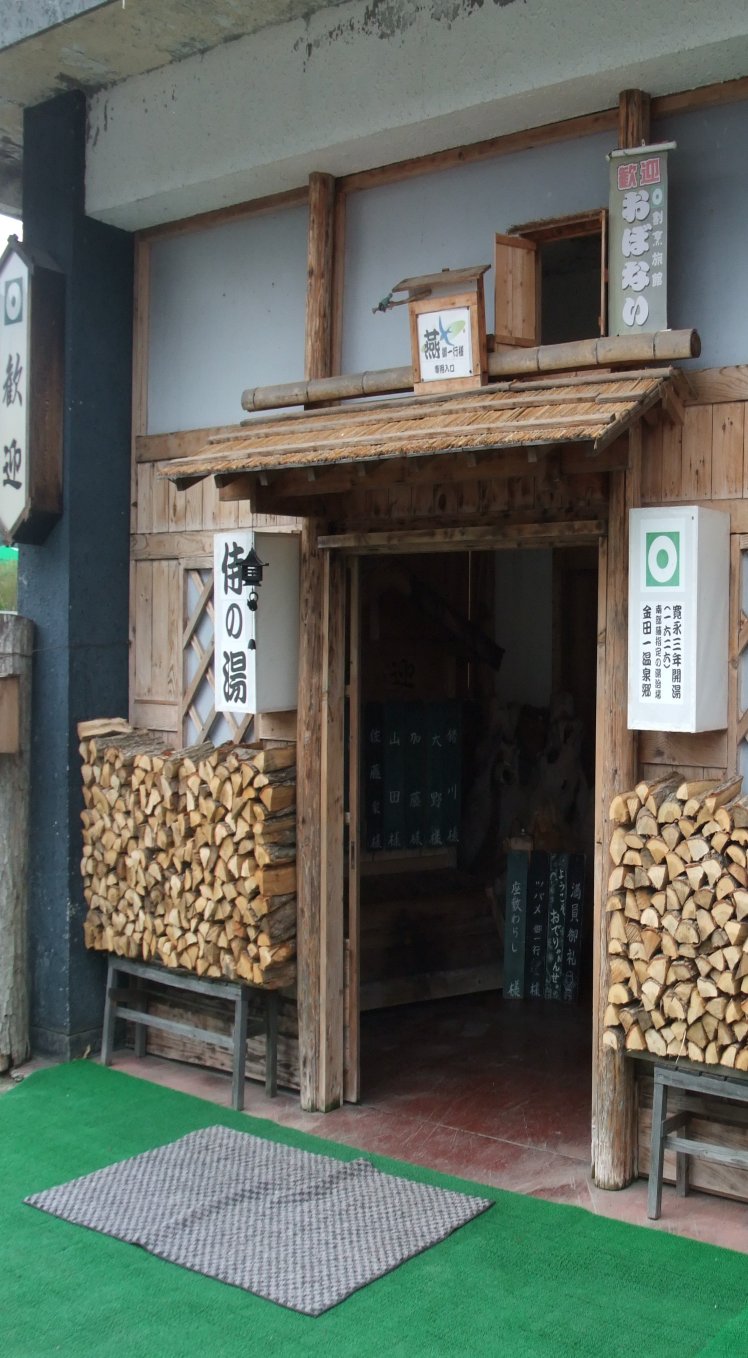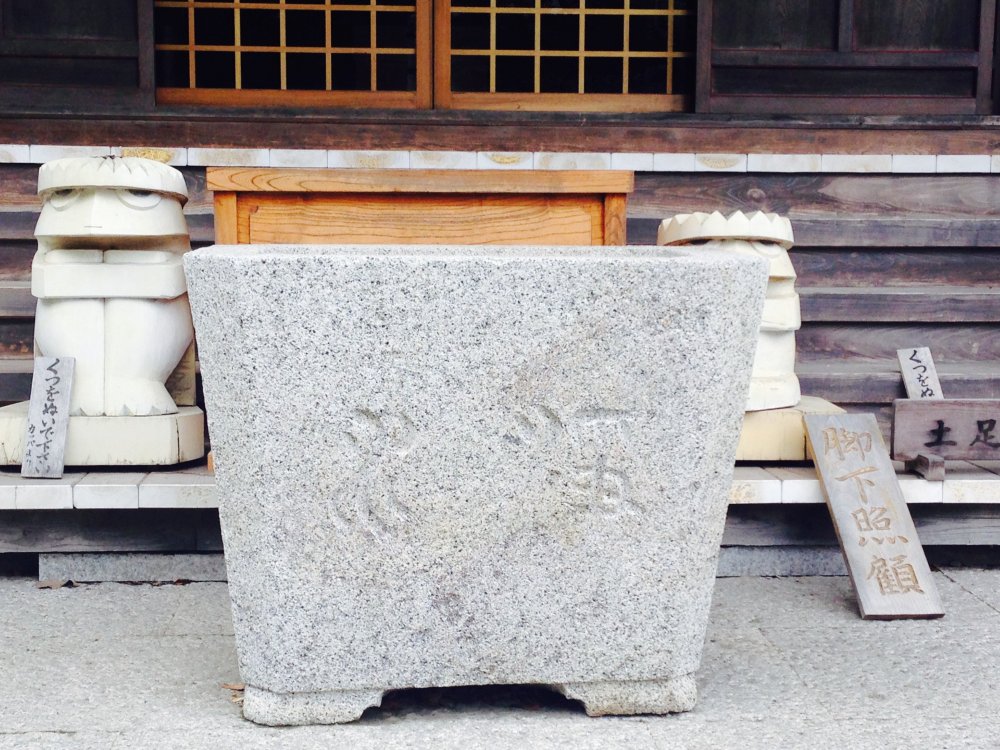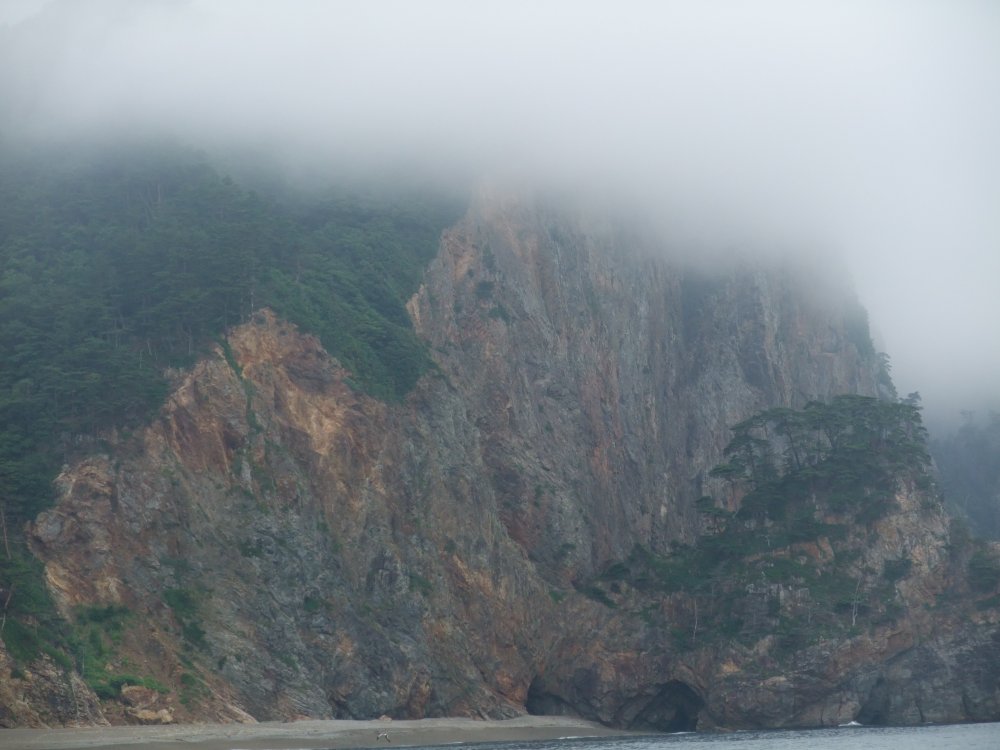
Rediscovering Japan

Rediscovering Japan
Travel (Iwate Part 2 (Tono/Kitayamazaki))

by tomizuta

One of the five hundred handgraved rakan (priest) in the woods of Tono, famous for its folk lore
In July 2015, we revisited Iwate, to visit Tono city, and enjoy a boat cruise to Kitayamazaki. Having arrived late afternoon at Misawa airport, we stayed at a ryokan in Kindaichi onsen (spa), just across the border with Aomori prefecture. The ryokan was very spaceous, and the room allocated us was quiet and comfortable. It was a Friday evening, and the only guests that evening were four people including us two. Ryokans are managed by a lady called okami (head mistress). Okami is the owner herself or the wife or daughter of the owner, that acts as the front for all guests. It is the okami that keeps an eye on all guests to ensure the quality of the service of the ryokan. We were served dinner in the main dining room with the two other guests. Our cheerful waka (young) okami, served the course and chatted with us. We enjoyed the food as well as the conversation. The ryokan displayed many pictures and ornaments of Zashikiwarashi, a mischievous child that Ifll talk about in a minute. We had a most enjoyable evening and looked forward to visiting the folklore district of Tono on the next day..

Entrance of ryokan in Kindaichi Onsen
Tono, is located about 60 miles south west of Miyako in the inland. As Izumo is the heart of Japanese mythology, so is Tono of folklore. Kappa is a humorous imaginative creature, which resembles a hybrid of man and tortoise. They live in the waters, and are said to drag horses that are drinking water into the river. Their favorite food is cucumber. We strolled through the fields, and found a place behind the local temple called Kappa Ridge. You can get a fishing license for Kappa there and be provided with a fishing rod with large cucumber bait. A child told us she felt a tug. Perhaps you may be lucky enough to catch one yourself.

Kappa at Kappa ridge. You can buy your kappa fishing permit here.
Then there is the Zashiki Warashi, a playful mischievous imp usually a young boy or girl that lives in the house and can play all kinds of mischief while the family is asleep. It is said that the Zashiki Warashi brings luck to the family. Snow maidens, witches, ghosts and all sorts of eerie creatures live in the woods. Tono is surrounded by mountains. It is conveniently located for those travelling north to south or east to west and vice versa, to lodge for a night. One reason why Tono has retained so much folklore could be because travelers brought them from so many places. Then there are storytellers, who would give the stories to the children sitting around the hearth in winter when they were housebound by the snow. The town is surrounded by thick forests and creeks. No wonder, people imagined of these eerie creatures looming in the woods.

The offering box and entrance of the temple in front of Kappa ridge. Two kappas ask you to remove your shoes before entering.
We stayed at a hotel, where they hold a nightly event of storytelling. I was amazed by the storytelling of the elderly lady that dragged me into the imaginary world of these eerie creatures. It is a pity that it is only given in Japanese, but you can get a feel by visiting the Folk Lore Museum and watch the video running these stories.
We visited Miyako area again. This time we stayed at Raga-so, a ryokan (hotel) in Tanohata village, about 30 kilometres north of Miyako. The tsunami reached the fourth floor of the 10 storey ryokan. It took 20 months to refurbish and reopen in November 2013.

Boat cruise ticket. We went for a boat cruise to Kitayamazaki.
The following morning we went for a boat cruise to Kitayamazaki, from a small fishing port of Tsukue (which means desk in Japanese) a couple of kilometers north of Raga-so. We were concerned whether the cruise would start as on the day before we had noticed a dense mist all over the sea. Luckily the mist had disappeared and the morning rain was letting up. We took off on a small shipping boat (sappa boat) where I and my wife were the only customers. Our captain was very hospitable and a good guide. His name was Tsukue, and he told us that there were many in the area with a Tsukue surname, which is a very odd and rare surname. He told us that the dense mist we saw was a phenomenon called Yamase.

Yamase caused by a cold wet wind from the north east
Yamase is caused by a cold wet wind from the north east that could prevent crop growth in a year that it persists. The round trip to Kitayamazaki lasted about an hour. We enjoyed the beautiful rugged cliffs about 200 metres high. No wonder this coast is a must see to enjoy the beauty of the Sanriku coast. This area is part of the Sanriku Recovery National Park.